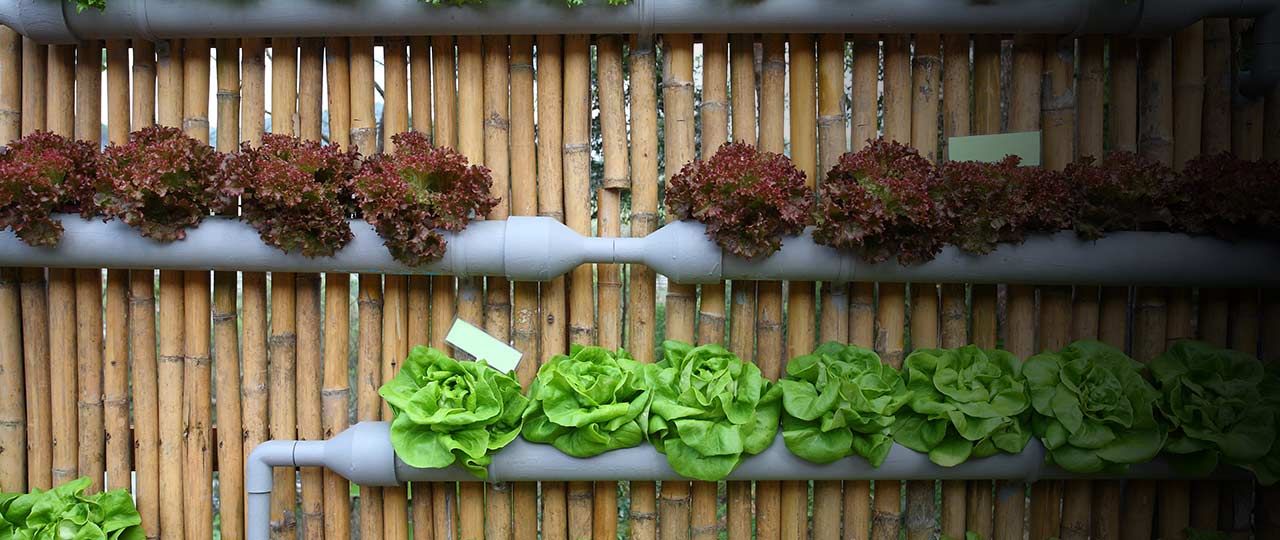
The construction industry is one of the largest producers of waste in the UK. The circular economy offers a solution to the dual issues of raw material use and waste, but is it practical to apply these principles to homes that could still be standing in a hundred years?
The construction industry creates more than 100 million tonnes of waste every year. Although much of that is recycled, the industry is still responsible for 32 per cent of the UK’s landfill waste. These figures reflect both the scale of the industry and the challenges it faces, both technical and financial, when it comes to reducing waste.
Circular economy thinking is proposed as one solution to cut the use of raw materials and waste produced throughout a product’s life-cycle. But how easy is it to apply these principles to housebuilding?
What is the circular economy?
Our current economy is largely based on a linear, open-ended system of product use. Raw materials go in one end, a product is created, and once the useful life of the product is over (or an upgraded model is available) it’s disposed of.
The circular economy is an alternative way of thinking. Products are designed not only to deliver maximum value in use but for the materials and components to be able to be recovered and repurposed into new products at the end of each service life. This means that fewer new resources and raw materials are needed to feed consumption (helping with resource scarcity) and less waste is produced.
But it’s also about consumer behaviour. In the last ten years, there’s been a shift in how we consume goods. For example, many people now read e-books rather than printed copies. Cloud computing services have made collaboration much quicker and easier than in the past. How will our habits change in the next ten years?
The circular economy and the housebuilding industry
The construction industry has grappled for many years with the issue of waste and recycling. Site Waste Management Plans were introduced (but are no longer compulsory), green building standards such as the Code for Sustainable Homes have come and gone, and still waste is a thorny issue. For many developers, separating and recycling materials is a tough enough challenge. Focusing on reuse of materials, as per circular economy principles, is a whole different ballgame.
While many demolition companies will salvage materials to sell on, taking apart a house piece by piece with a view to reusing all its component parts, is a different story. For a start, most homes that are demolished today weren’t designed to be deconstructed. And there are still unanswered questions about the quality and durability of reuse products as well as the time and cost associated with retrieving them. If the circular economy is to be truly effective, then these issues have to be addressed.
Steps are being taken to tackle these challenges. The UK Green Building Council are currently looking at a two-year programme to better understand how circular economy thinking can be practically applied to construction and demolition projects. There’s also a British Standard series currently in development (BS 8895) which focuses on material efficiency in building projects.
When it comes to individual companies, many manufacturers are putting more focus on how products can be reused or recycled. But designing a building that can be easily deconstructed decades later so that materials can be reused, is a high bar to set.
That may be the ultimate goal, but there are easier ways to incorporate circular economy principles into housebuilding projects.
How housebuilders can follow circular economy principles
The first place to start is where a site already has buildings on it. A switch in mindset from demolition to deconstruction – salvaging materials such as doors, windows, plumbing fixtures, roofing materials and flooring – can be financially beneficial as well as environmentally friendly. It may even be possible to incorporate some of the salvaged materials into the new development.
When it comes to building design, there are three elements to maximising resource efficiency:
- Optimising material use to reduce waste and minimise the need for materials
- Designing for longevity so buildings are less likely to require renovation in the future
- Using appropriate materials, including reused or recycled materials
Perhaps the key principle that housebuilders can take from the circular economy is to design for the future. Well designed and built homes can stand for hundreds of years while the world changes around them. This means using durable components, planning for future climatic conditions and putting the health and wellbeing of the occupant at the heart of building design.
The real challenge for the industry is to design these buildings using as few natural resources as possible and in a manner in which they can be easily deconstructed at a later date. It’s a problem that will require deep thinking (and possibly a crystal ball!) but will need to be solved if there’s to be a true shift to a circular economy in the housebuilding industry.
